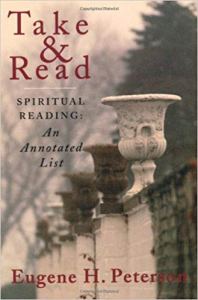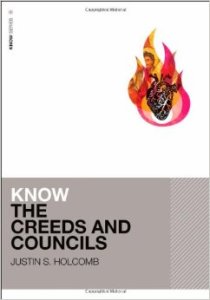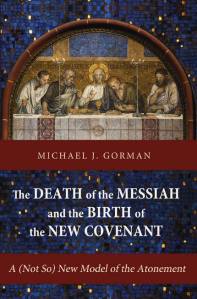Not least among the many gifts Eugene Peterson has handed on to me through his ministry has been to facilitate a conversation. The conversation is one that is almost limitless, beginning in the pages of the Bible and carrying on through centuries as Christians have pondered, prayed, and discussed how to get what has happened in the gospel of Jesus to take shape in their lives. It’s a task we continue to have laid before us, and one in which we can’t trust ourselves solely to either our own wisdom or the wisdom of our age.

I can’t even guess at the number of times I’ve pulled from my shelf of Peterson titles his little book Take and Read, a guide to spiritual reading he published in the late 1990s. There, under headings as varied as “Worship” and “Novelists” and “Sin and the Devil,” are a little over 250 short recommendations of books to read with profit while we seek to live out a life for Christ. I’ve periodically gone back to this list for recommendations for years now. One of the last novels I read, earlier this month, was The Diary of a Country Priest, by the French Catholic Georges Bernanos, a book particularly dear to Peterson, which shows up between George Eliot’s Middlemarch and James Joyce’s Ulysses. As it happens, this month has seen me reading a couple of works by church fathers–Athanasius’ Life of Antony and Gregory of Nyssa’s Life of Moses–which are also featured in its pages.
In the introduction to Take and Read, Peterson says this about the books he keeps returning to: “Most, but not all, of the books in my list are by ‘dead Christians.’ That means that they have been tested by more than one generation and have been given passing marks. That means that what these Christians have written has been validated by something deeper than fashion or fad.”
“Validated by something deeper than fashion or fad.” This seems to me an appropriate summary of Eugene Peterson’s own ministry of writing and speaking over the forty or so years since his books started appearing in print. None of his works seem older than the others, because they are all so rooted in the “centuries deep and continents wide” (Take and Read, p. 1) Christian faith and in the realities of living as humans created by God to respond to him. He refused to trust contemporary trends, and cautioned both pastors and lay people to guard against being seduced by them (the final book in his five-volume spiritual theology series, Practice Resurrection, made a special point of this in relation to the appeal of megachurches).
Now that he has joined the company of “dead Christians” he wrote about twenty years ago, Eugene Peterson’s influence will continue to be felt through the literary legacy he has left to us. The depth of his writing and the breadth of his reading doesn’t get in the way of the ultimate simplicity of his outlook on the Christian life (“Prayer is practiced out of a conviction that the genius of being human is the ability to be in communion with God”--Take and Read, p. 16) and our life of common worship and its role in centering the rest of life in the God who created us:
“Every call to worship is a call into the Real World…
“Very often when I leave a place of worship, the first impression I have of the so-called ‘outside world’ is how small it is–how puny its politics, paltry its appetites, squint-eyed its interests. I have just spent an hour or so with friends reorienting myself in the realities of the world–the huge sweep of salvation and the minute particularities of holiness–and I blink my eyes in disbelief that so many are willing to live in such reduced and cramped conditions. But after a few hours or days, I find myself getting used to it and going along with its assumptions, since most of the politicians and journalists, artists and entertainers, stockbrokers and shoppers seem to assume that it’s the real world. And then some pastor or priest calls me back to reality with ‘Let us worship God,’ and I get it straight again, see it whole.” (Take and Read, p. 28)
In Eugene Peterson’s life we have been touched with the generosity of God.






